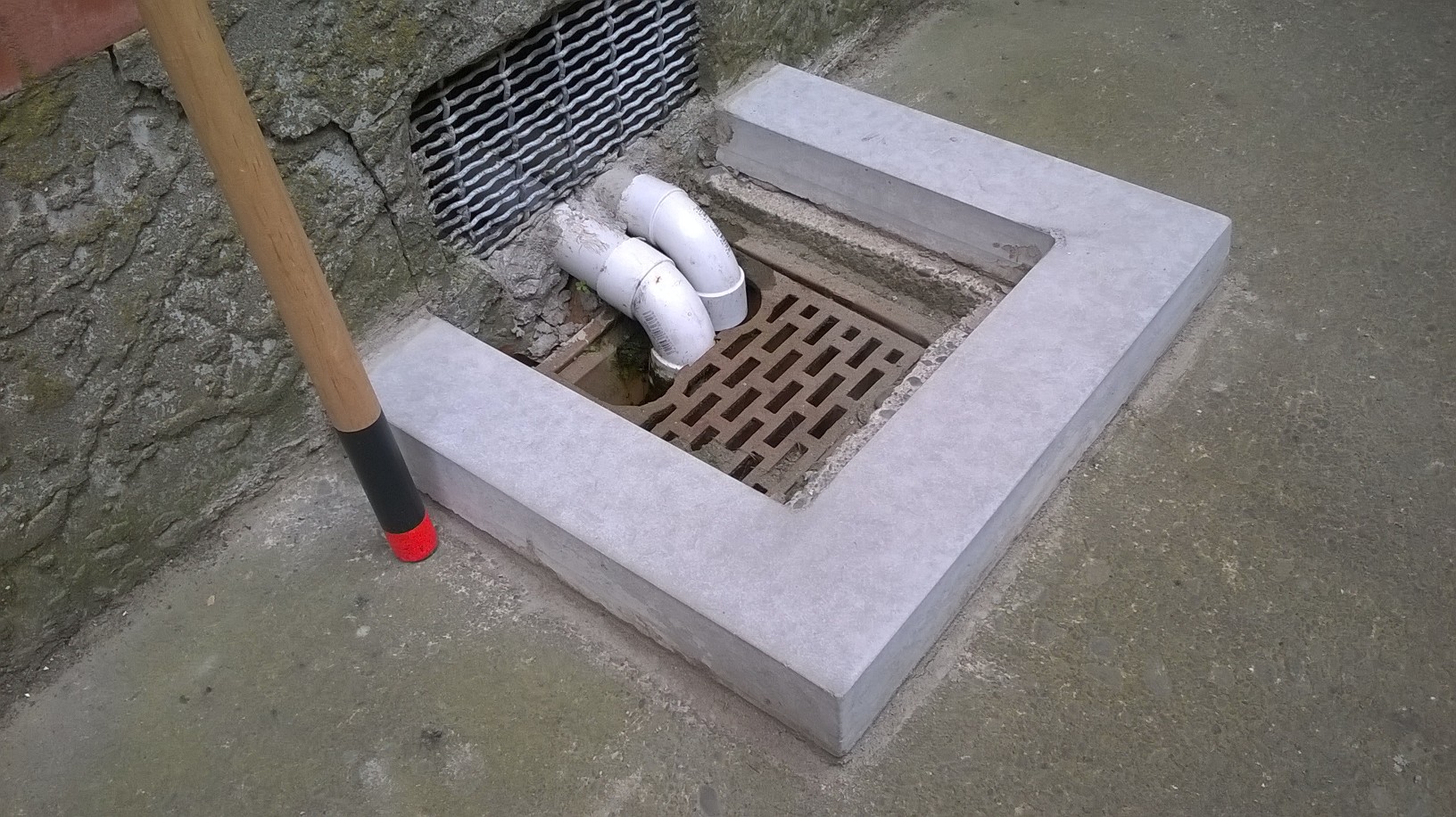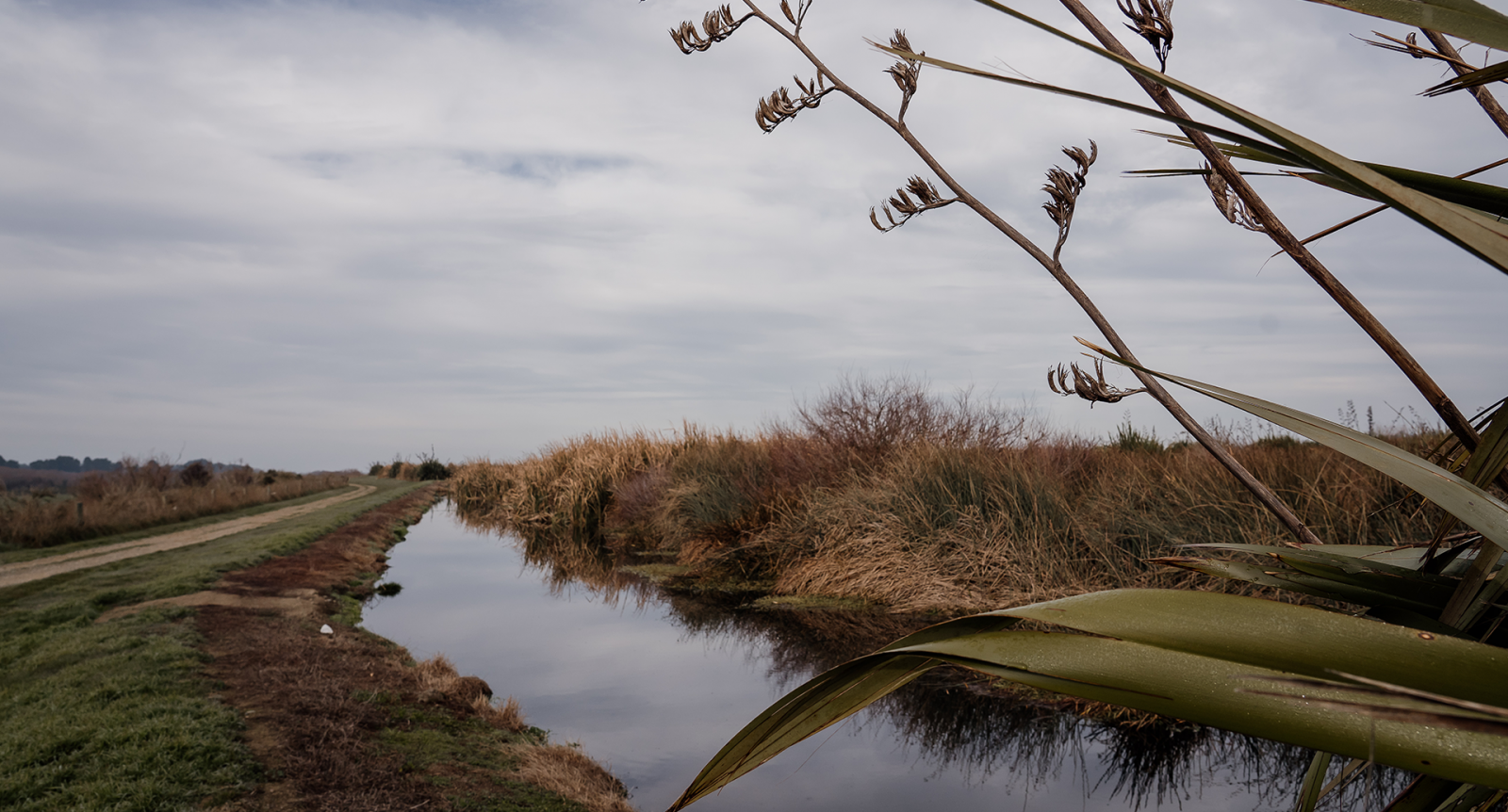Wastewater
Council is responsible for providing wastewater services in the Ashburton District to the urban areas of:
| Ashburton (including Lake Hood) | Rakaia |
| Methven | |
What is wastewater?
- Sewerage (or sewer) refers to the pipe system that carries, and the infrastructure that treats, the wastewater produced at your home or business
- Each time you flush the toilet, pull the plug from a sink or have a shower, the wastewater drains into a sewer drain on your property
- Wastewater is 99.97% water as most of it comes from showers, baths, and washing machines
- The remainder includes organic matter such as human waste and food scraps, fats, oil and grease, and debris such as sand, grit, and plastic
- Wastewater can also include such things as household chemicals, paint, and pharmaceuticals that can be harmful to our health and to our environment, so effective treatment is very important
Trade Waste is any wastewater discharged from industrial or business properties into Council's wastewater system. Trade Waste does not include wastewater from domestic homes.
Sewer main pipes on private property
Some areas in Ashburton, Methven and Lake Hood have sewer main pipelines located in people's properties rather than in the road area.
If you have one or more of these pipes located on your property, it is your responsibility to make sure that it is not built over, damaged or compromised in any way. Please contact us before you do any digging, so we can provide location plan details for you.
Learn more about an owner's responsibilities
Wastewater treatment
After the wastewater leaves your property's drain it enters the sewer pipe system which takes it to the treatment plant. This is where it is treated before it is disposed of.
The treatment plants are located at:
- Ashburton wastewater treatment plant – Wilkins Road, Tinwald
- Ashburton wastewater disposal – Terrace Road, Ashton
- Methven wastewater treatment plant – Line Road, Methven
- Rakaia wastewater treatment plant – Acton Road, Rakaia
Learn more about the different wastewater schemes and their treatment
Connections and standards
New connections to any of Council's water supplies need approval before they are constructed. These are applied
for through the service connection application process.
Wastewater projects
Every year Council undertakes projects that upgrade or replace parts of the different wastewater schemes.
Learn more about wastewater projects being undertaken this year
The Right Pipe Project
Background
Ashburton District Council is undertaking a project that it is calling the 'Right Pipe', which involves an audit of the drainage systems of all residential properties in the urban Ashburton area (including Tinwald) to ensure stormwater runoff cannot enter the sewerage network.
By ensuring that all stormwater is going to the 'right pipe', we can improve our sewerage network and help keep our community clean and healthy.
Drainage systems which have been incorrectly piped can cause stormwater to enter the sewerage network, resulting in overflowing pipes and uncontrolled sewage discharges. This is a serious health hazard and a significant concern to affected residents. It is vital that we keep stormwater and sewerage networks as two separate systems.
The New Zealand Building Act has specific requirements for the way drainage systems are constructed, regardless of the age of a residential property. The Ashburton District Council wastewater drainage bylaws have also been put in place to protect the sewerage network from the issues created by having too much stormwater in the network.
Urban Ashburton has experienced sewage overflows in some residential areas, especially during wet weather events.
This audit will enable us to identify where and how stormwater is getting into the network and to help prevent it from happening again in the future.

What is involved
Our drainage systems audit will require on-site inspections of residential properties on a suburb-by-suburb, basis over the next one to two years, starting with the Tinwald area.
Each inspection will involve a Council representative checking gully traps to make sure they are positioned at the right height, and stormwater downpipes and soak holes to make sure the system is working to a satisfactory standard.
Before we visit your property for the inspection, we will send you a letter to tell you when it is scheduled to take place.
You do not have to be present for the inspection if we are able to gain access to view your gully traps and stormwater downpipes. If we cannot access these without assistance, we will need to arrange for someone to be present. If this is the case and the date and time provided are not suitable, please contact Council to arrange an alternative.
If you are not going to be at your property during the inspection and there are any other requirements we need to be aware of e.g. dogs, we also ask that you please notify us.
Whether you choose to be present for the inspection or not, Council will keep you informed about the results.
If your drainage system meets the standards of the New Zealand Building Act and Council's bylaw requirements, no further action needs to be taken. If you need to get changes made to your drainage system in order to meet the required standard, you will need to get the required work done within a set timeframe.
If your property has tenants, we would appreciate if you could please notify Council of their details and ensure they are aware the audit will be happening.
We also have answers available to some frequently asked questions.
Activity management plans
Activity Management Plans (AMPs) outline how Council manages our Wastewater schemes.
